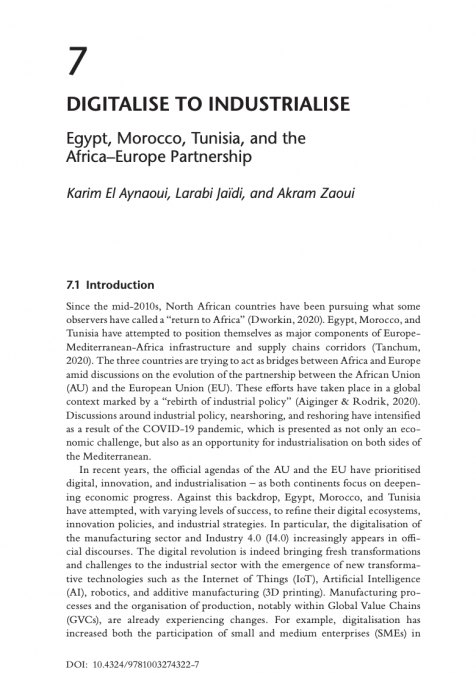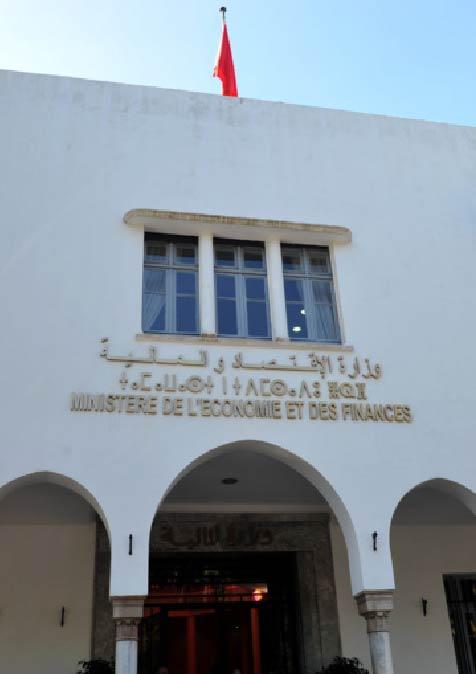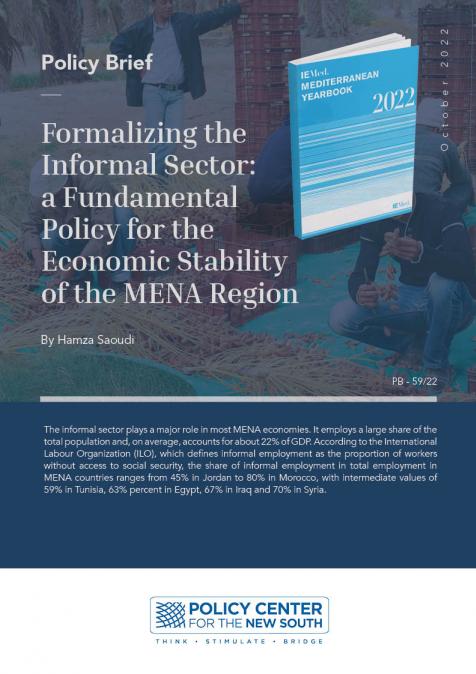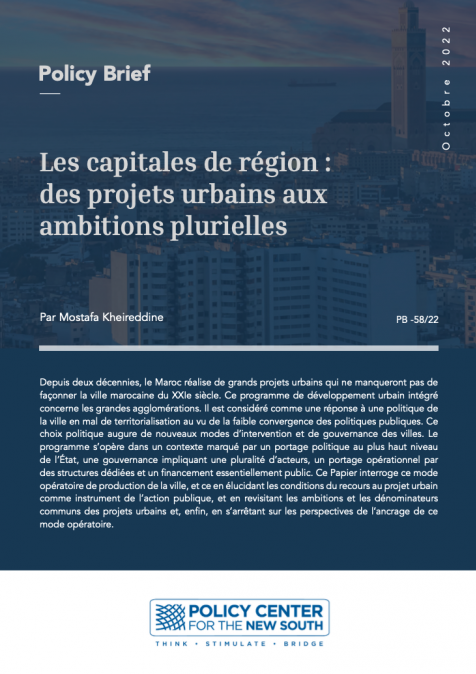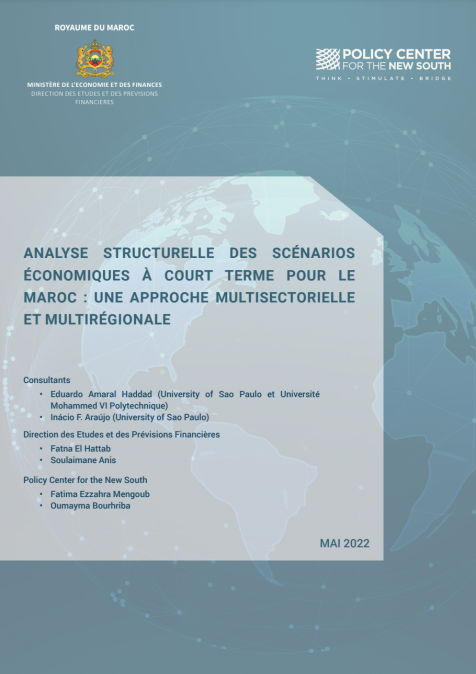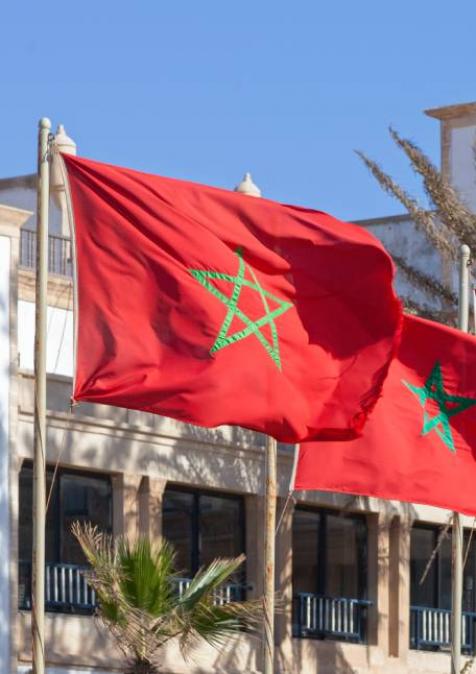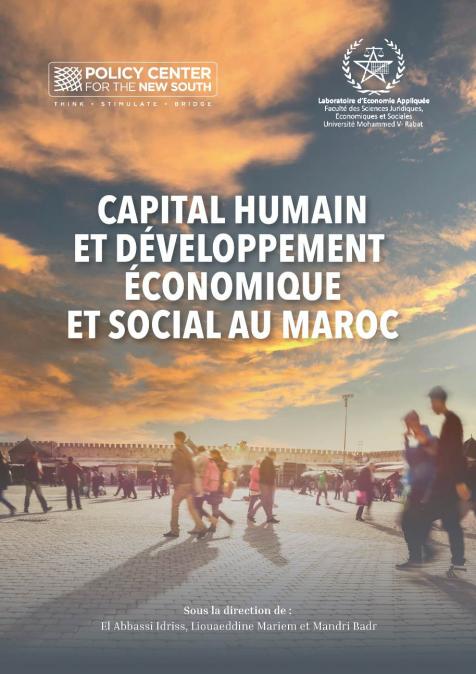Publications /
Opinion
This blog is based on remarks delivered at the Think-Tank Summit in Buenos Aires on 18 September 2018 held under the G-20’s Argentine Presidency.
Africa has an enormous infrastructure gap that impedes its development. The Compact with Africa (CwA) is an international policy initiative sponsored under the German presidency of the G-20 in 2017 designed to bridge that gap. Intended to draw in the private sector in developing Africa’s infrastructure through a combination of Private-Public Partnerships (PPP) and blended finance, the CwA involves the public sector of a dozen African countries have volunteered to join the initiative, and international organizations such as the African Development Bank and various donor agencies. Though the initiative has built up momentum among policy-makers since its launch, the participation of the private sector has been noticeably weak.
Although Morocco ranks only 115 in PPP-adjusted per capita income, the World Economic Forum (WEF) ranks it 57 in the world in quality of infrastructure out of the 137 countries it covers, while countries such as Ghana and Senegal, to take two examples, rank far lower. Given Morocco’s status as a lower middle income country in Africa, it is natural to ask whether the experience of Morocco in building its infrastructure over the last decade or two holds lessons, good or bad, that other African countries might draw.
From the outset, it is important to recognize that these are early days to declare Morocco’s infrastructure investment a success. While there are remarkable projects that one can point to, such as the Tanger-Med logistics and investment hub, the return on Morocco’s large investments in infrastructure can only be judged over the long run. The lion’s share of Morocco’s infrastructure investment was publicly funded, and, while Morocco’s growth rate has been respectable, the productivity of capital in Morocco (as measured, for example, by its Incremental Capital Output Ratio or ICOR) has been notably low in both international and historical comparison. Furthermore, the large investment in infrastructure has coincided with a sizable increase in government indebtedness, which rose from about 45% of GDP 10 years ago to near 60% in 2017. The debt increase has been financed predominantly internally, which reduces the risk to the balance of payments, but may also have contributed to the notable difficulties that small and medium-sized enterprises in Morocco experience in obtaining credit.
Morocco’s income per capita is roughly twice the average of Sub-Saharan Africa (SSA), so one would expect its infrastructure stock to be deeper and better performing. Still, the gap in infrastructure measures between Morocco and the SSA is impressive, whether one looks at inputs or outputs. Thus, Morocco has four container ports, the same number as South Africa while most African countries have one (e.g. Nigeria) or two. In addition, Morocco has 11 international airports compared to one or two in most African countries, eight in Nigeria and five in South Africa. Moreover, Morocco boasts some 1800 kilometers of motorways, compared to none in most African countries. Output indicators point to a similar gap. Thus, Moroccans consume about twice as much electricity per capita as residents of SSA, and while 77% of Moroccans have access to improved sanitation, only 30% of Africans do. Some 85% of Moroccans have access to improved water, while only 68% of Africans do. Morocco also scores far better than SSA on a host of education completion and health indicators, which are partly a reflection of investment in schools, hospitals and medical equipment.
How has Morocco achieved these outcomes? The CwA framework provides a useful roadmap in addressing this question. It identifies three conditions for investment in infrastructure: sound macroeconomic management, a strong investment climate/business environment, and adequate financing. Let us take each of these briefly in turn.
Morocco has exhibited solid macroeconomic outcomes over the last quarter century, with a respectable growth rate of around 2% per capita in real terms, low inflation, moderate government and current account deficit, albeit with rising government debt as a share of GDP in recent years. Morocco has also seen quite successful integration in world trade and investment flows, based in part on a number of important trade agreements, most notably with the European Union. Morocco’s gross investment rate at near 30% of GDP is very high compared to most LMICs and SSA countries, where it is in the 22% range. Public investment plays an especially important role in Morocco, with the central government investment, not including state-owned enterprises, accounting for some 5% of GDP. The lion’s share of this investment has been addressed at infrastructure.
The business environment in Morocco is also far more conducive than in most of SSA. Thus, whereas Morocco ranks 69 in the World Bank’s Doing Business Report, Kenya ranks 80, Ghana is at 120 and Cote d’Ivoire is at 139. The gap between Morocco and other African countries is especially notable in enforcing contracts – an aspect critical in evaluating infrastructure investments, which have long depended on agreed user fees and regulations. Morocco ranks 57 in the world on enforcing contracts, on par with some high-income countries, whereas most African countries rank lower than 100. However, as already mentioned, Morocco does not do well on SMEs getting credit, where it ranks 105 in the world, far lower than, for example, Kenya or Ghana.
How does Morocco fund its very large infrastructure investment? To start with, Morocco has a high national gross savings rate – some 24% of GDP – which is nearly 10% points of GDP higher than SSA, reflecting mainly higher household and corporate savings. Moreover, even though the Moroccan government has been running up debt, it has also been far more effective in raising revenue, amounting to over 29% of GDP compared to 21% of GDP in SSA. Foreign financing also plays an important role in Morocco. Thus, FDI is around 3.5% of GDP compared to a little under 3% in SSA. While African countries attract a little more aid than Morocco (2.8% vs 2%), the latter can rely on far larger migrant remittances, which account for nearly 7% of GDP compared to a little over 2% of GDP in SSA.
The Moroccan government has relied heavily on state-owned enterprises which operate its motorways, railways, ports and airports, a special kind of PPP, but one where the strategy and the ultimate guarantee lies with the state. Last but not least, the Moroccan government makes heavy use of private sector management concessions of public services, in areas ranging from bus services, electricity, water, and waste management, some operated by international companies. The tramways in Casablanca and Rabat, for example, are PPP- operated.
There is a common refrain among those trying to explain the lack of progress in infrastructure development in Africa, namely “the lack of bankable projects”. If the Moroccan experience has an overriding message for SSA, it is about the crucial role that government plays directly as well as indirectly in ensuring that projects are “bankable”. At the same time, Morocco’s case shows that the government’s ability to carry the risk and involve the private sector in various ways, depends critically on the soundness of its macroeconomic policy, the quality of its business environment, and the state’s capacity to execute. In this sense, the message from Morocco is fairly well aligned with that of the Compact with Africa. However, for examples where the private sector is heavily involved in infrastructure provision, or where it is the private sector that actually takes the lead, Africa needs to look farther afield than Morocco.

